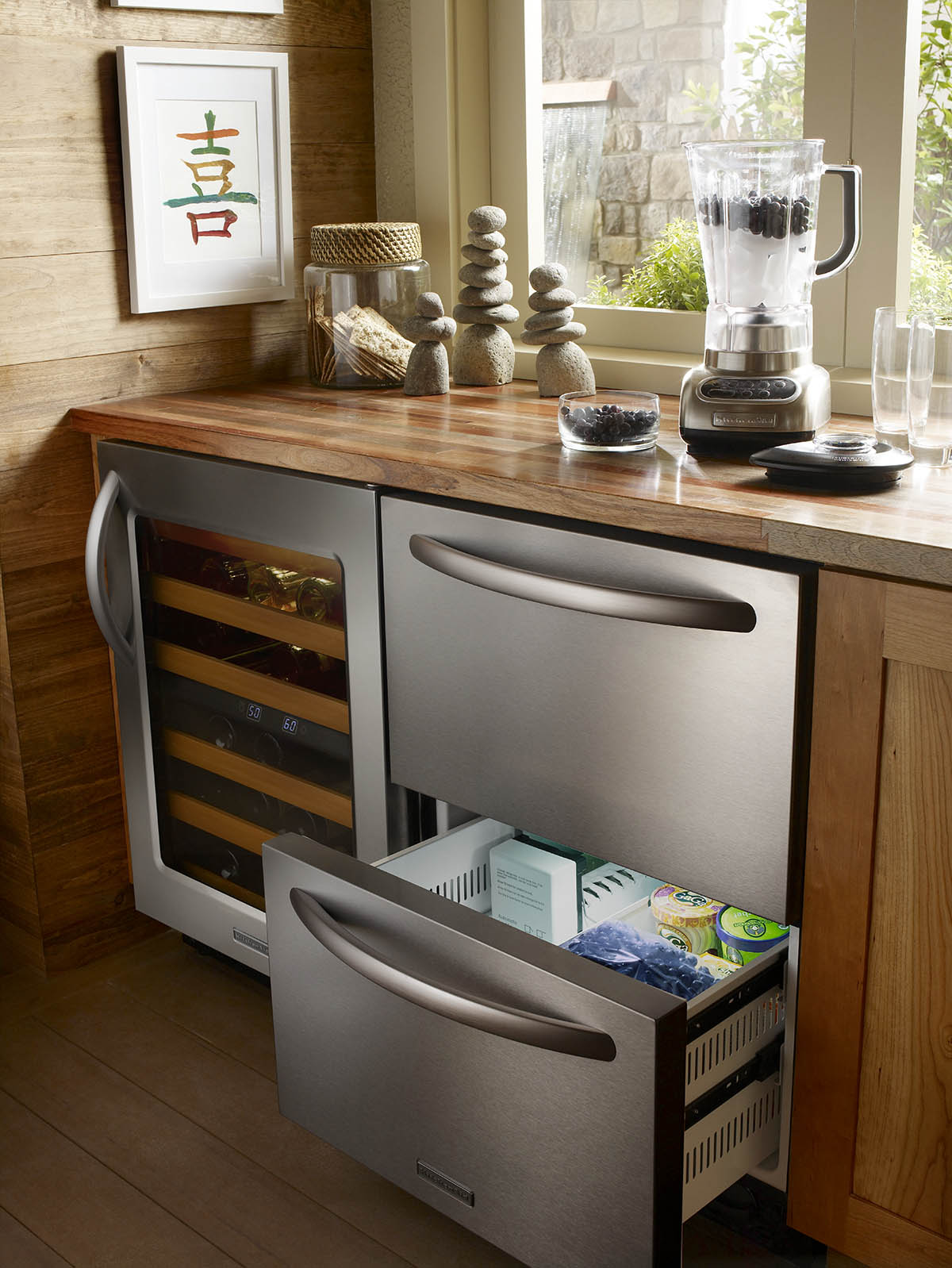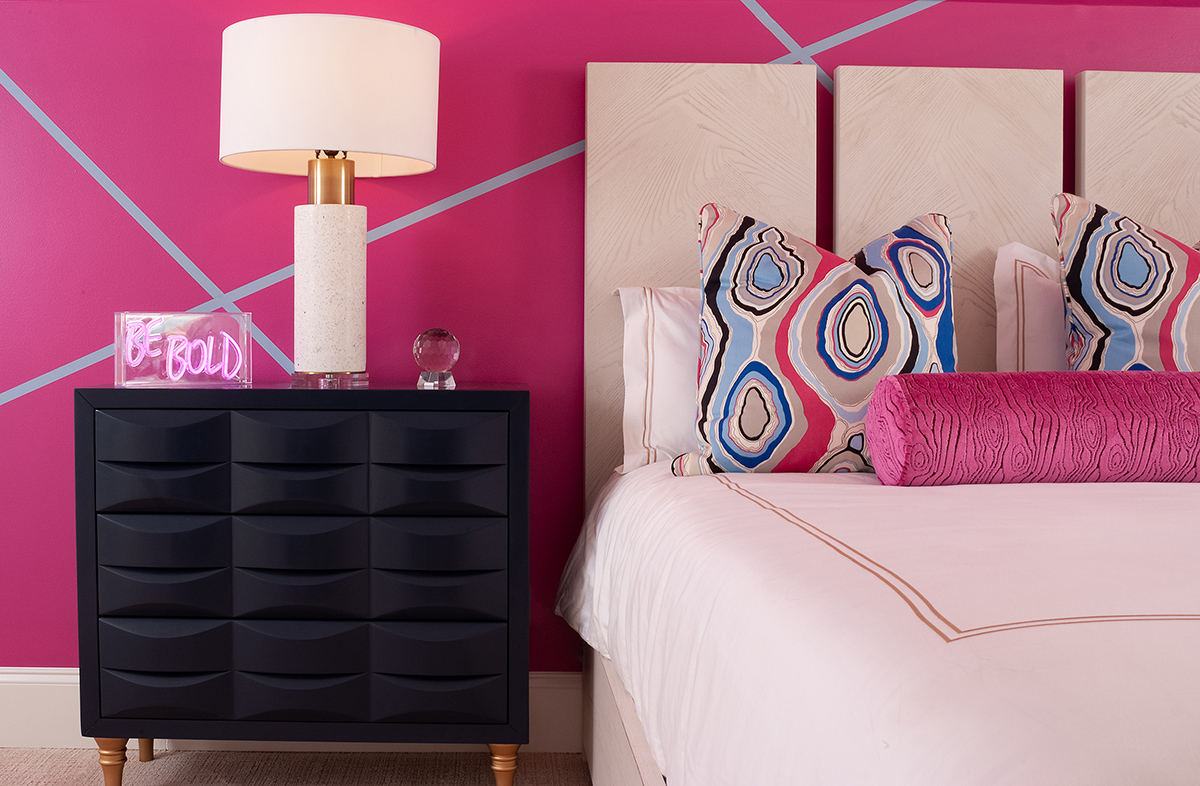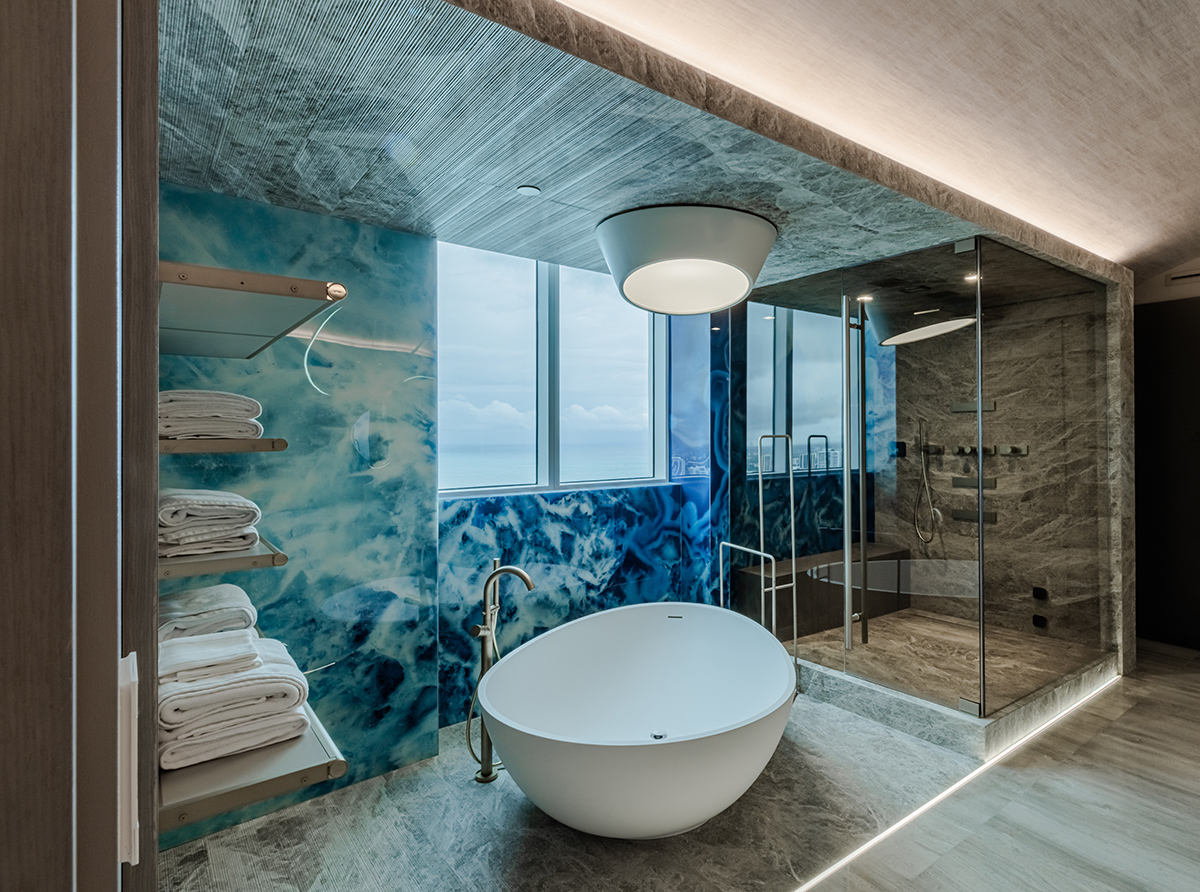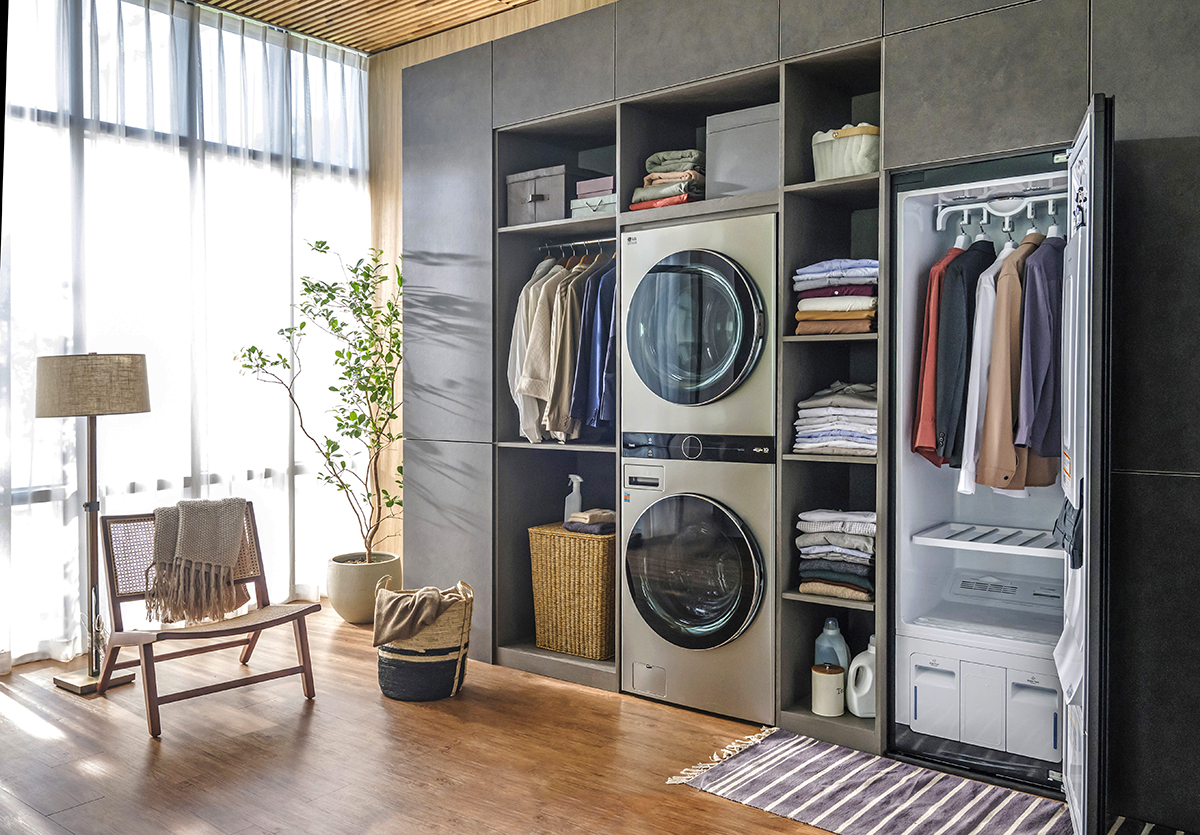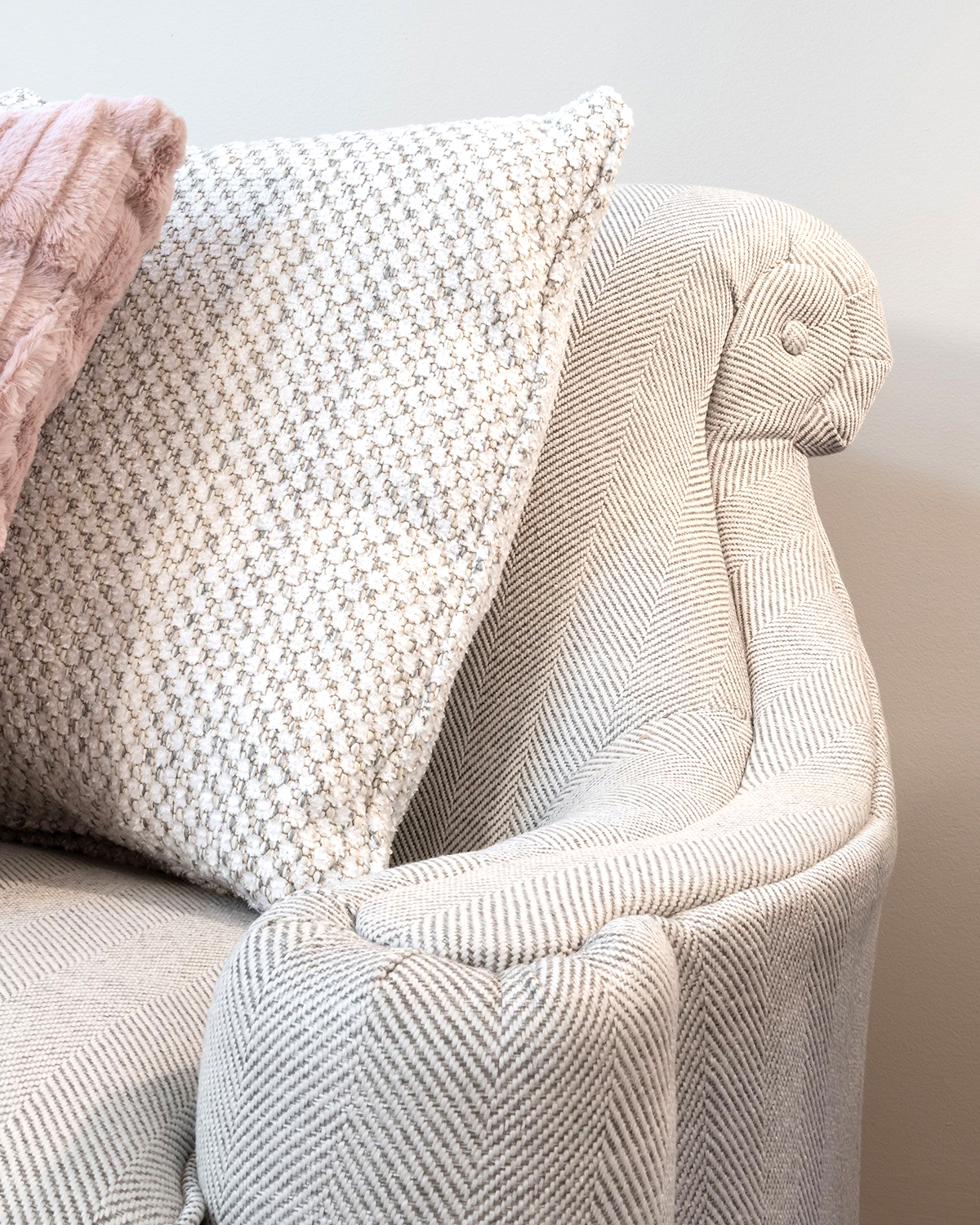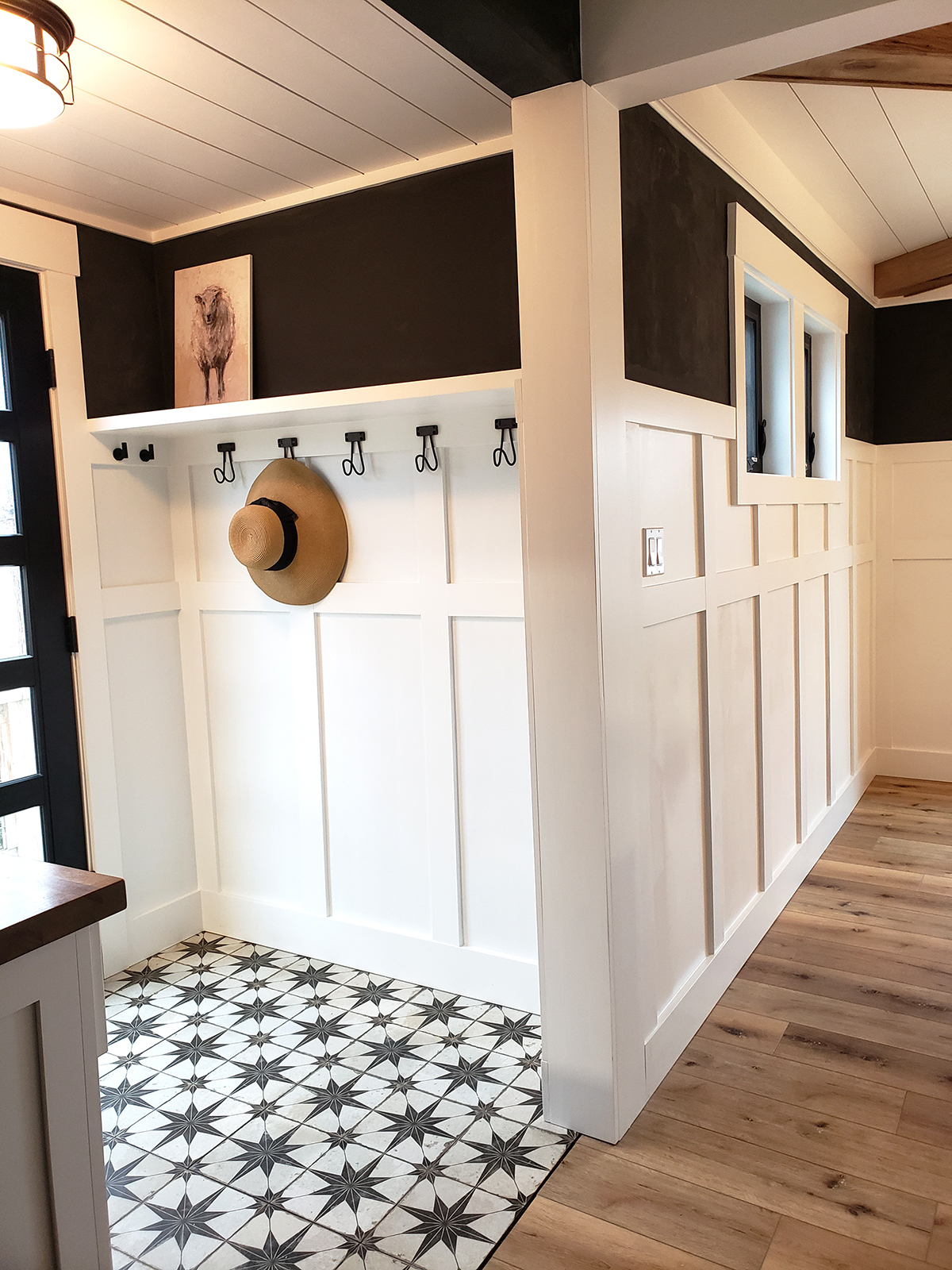WRITER | RYLEE F. SORRELL
PHOTO | ALL PHASE – Petosky
Mood Lighting to Improve Your Life
Though it’s not something we often think about, lighting affects our moods in a big way. Consider how the cold, sterile lighting in a hospital can make you feel anxious. Or even how your mood is different on a sunny day compared to a gloomy day. These changes in mood are caused by two main factors: color temperature and brightness.
Color temperature refers to the warmth or coolness of the light and is measured in Kelvins (K). In natural light, a low color temperature such as 2,100 K would be equivalent to a warm, golden sunset, whereas a high color temperature such as 6,500 K would be equivalent to a bright, sunny summer afternoon.
In recent studies, such as a 2022 study by the Sleep Foundation called Light and Sleep, light has been proven to have a large impact on our circadian rhythms and melatonin production. Circadian rhythm is your internal clock which tells you when it’s time to sleep and when to wake up. And this cycle is highly dependent on the amount and color temperature of light you take in because warm light causes your body to produce melatonin; the sleep-promoting hormone. This is the reason your phone urges you to turn to “night light” or “dark mode” around 10 p.m. Most sleep experts agree that technology is the number one cause of poor sleep schedules. Humans used to rely upon the sun and moon to regulate our sleep, but in today’s world, we are constantly drowning ourselves in bright, cool-toned light, leading our bodies to always stay at the power-on position.
Beyond utilizing our phone’s night mode functions, how can we help fix this? The answer is layered mood lighting. The most important factor for basic mood lighting is multiple layers of light. This could be recessed trims, sconces, lamps, chandeliers, tape lights, etc. The second most important part is how we control those layers separately. The high-end answer is dimmer switches with Wi-Fi capability or some sort of smart home system with an app interface. This will give you full control over the brightness of each layer of light separately. However, this can also be done by simply changing your light bulbs to smart bulbs. You can pick these up at just about any store these days, and there are two main types. The first is a fully integrated smart bulb, which just means all the brains are built directly into the bulb. Screwing the bulb into the socket is all you need to connect to the brand’s app. The other kind is a smart bulb that speaks to the app through a hub. The hub, or smart plug, is plugged into an outlet in the room and will act as a smart communication device between the bulb and the app on your phone.
Once you’ve figured out how you’re going to create the scenes, it’s time to play in the app to find what moods you want to create. A great place to start would be a “movie night” scene. This could look like recessed trims at 0% with the secondary layer of lamps or sconces at 10%. If using a smart bulb or system that allows for white tuning or colors, aim for a warm, orange tone. A “waking up” scene could look like bedside lamps at 10% at about 20 minutes before your alarm, 20% at about 15 minutes before your alarm, 30% at about 10 minutes before, and then 50% for the alarm time. This slow build of cool or blue-toned light will help your body start to wake up naturally by stopping the melatonin production, and will lead to a more pleasant wake-up where you feel fully rested.
Hosting a dinner party? Set a brighter scene while cooking, a second scene to take place while eating that warms the color a bit and a third scene to dim way down during drinks. Set a timed scene to turn on your outside and entry lights 15 minutes before you come home. Set a bedtime scene for the kids that starts at 50% about 30 minutes before bed with a warm-toned light. Set a timed curfew and have the lights slowly dim all the way off.
The possibilities are endless for mood lighting with smart lighting apps. What kind of moods will you create?



